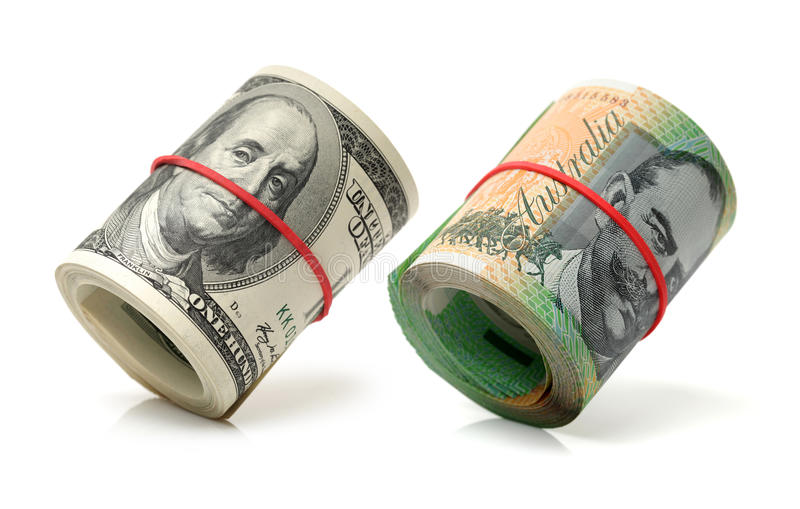Australian dollar consolidating following the release of mixed economic data from Australia and China’s NBS PMI on Thursday.
Australian Dollar (AUD) has remained stable following the release of mixed economic data from Australia and China’s NBS Purchasing Managers Index (PMI) on Thursday. However, hawkish forecasts for the Reserve Bank of Australia’s (RBA) policy outlook boosted the Aussie Dollar and limited the AUDUSD pair’s decline.
Australian retail sales increased by 0.1% month on month in September, compared to the predicted 0.3% and prior 0.7% growth.
In September, seasonally adjusted Australian retail sales increased by 0.1%.month-on-month, falling short of the predicted 0.3% and much lower than the 0.7% rise witnessed the previous month. Retail Sales rose 0.5% in Q3, following a 0.3% dip in the previous quarter.
The US Dollar (USD) gains traction as market caution persists due to uncertainty surrounding the upcoming US presidential election. The Greenback, on the other hand, faced headwinds as the US Gross Domestic Product (GDP) rose by 2.8% on an annualized basis in Q3, falling short of 3.0% in Q2 and forecasting 3.0%.
Traders anticipating the US PCE inflation data on Thursday and Nonfarm Payrolls on Friday.
Australian Dollar Traders are now focusing on upcoming significant US data releases, including PCE inflation on Thursday and Nonfarm Payrolls (NFP) on Friday.
Daily Market Movers: Australian dollar swings sideways on mixed economic data.
The Australian dollar experienced downward pressure following Australia’s The third-quarter Consumer Price Index (CPI) data was revealed on Wednesday, and it was lower than predicted. However, mixed economic data from the United States (US) offset this effect.
China’s NBS Non-Manufacturing PMI increased to 50.2 in October, up from 50.0 the previous month but somewhat lower than market estimates of 50.4. Meanwhile, the NBS Manufacturing PMI improved to 50.1 from 49.8, slightly exceeding the expectation of 50.0.
According to the ADP Employment Change report, private firms in the United States gained 233,000 jobs in October, the highest rise since July 2023. This followed an upward revision of 159,000 in September and much above predictions of 115,000.
The Australian Bureau of Statistics announced that the Consumer Price Index (CPI) climbed by 0.2% quarter-over-quarter in the third quarter, down from 1.0% in the previous quarter and slightly lower than the expected 0.3%. In September, the monthly CPI increased by 2.1% year on year, falling short of market expectations of 2.3% and lower than August’s reading of 2.7%.
US Bureau of Labor Statistics (BLS) reported that JOLTS Job Openings were 7.443 million.
On Tuesday, the US Bureau of Labor Statistics (BLS) reported that JOLTS Job Openings were 7.443 million in September, down from 7.861 million in August and falling short of the market forecast of 7.99 million.
The Reserve Bank of Australia said that the current cash rate of 4.35% is sufficiently restrictive to return inflation to the target range of 2%-3% while maintaining employment. As a result, rate cuts in November appear unlikely.
ANZ-Roy Morgan Australia Consumer Confidence fell to 86.4 this week. down from 87.5 the prior week.









